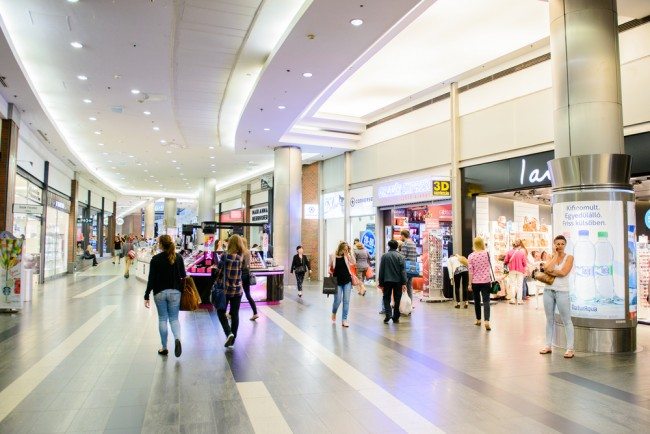



Retail lighting is the vital element in making shoppers feel comfortable and at home in your store, tempting them to purchase your products. In keeping with the view of industry experts, the precise retail lighting does much more than just irradiating your store space. It sets the atmosphere and mood, direct shoppers to store’s key areas and offers them the overall background for a perfect shopping experience.
Pulling off that perfect light-scape is not difficult to achieve once you comprehend the techniques and principles behind designing a plan for retail lighting. This blog will guide you through the complete planning, step by step…so, stay tuned….
1) Become familiar with the Four Different Types of Retail Lighting – The inspiring moods through lighting can be achieved by combining two elements – light bulbs and light fixtures – in multiple ways. In what ways you pair them depends upon the lighting needs of your store. Again, from a specialist’s point of view, stores make use of combinations of about 4 diverse lighting systems to illuminate their retail space.
The Four lighting techniques include –
a) Accent Lighting –The Accent lighting is utilized to feature specific areas, décor, and displays all through the retail store. The motive of using these lights is to make items pop and to add a sense of importance. Different variants of accent lighting are used to attract customers to specific areas of the store. The same lights can be used behind displays or cases as backlighting and used to light up dark/troubling corners in your store.
b) Task lighting – A type of focused lighting utilized to highlight spaces inside that need more light for certain purposes or tasks. For instance – dressing rooms, checkout counters, service desks, stock room, and back office.
c) Decorative lighting – As the name suggests, decorative lighting ornate space. This type of lighting can be achieved by using innovative fixtures or fixtures that carry aesthetic value, for instance – set of pendant lights, chandelier, etc.
d) Ambient or General lighting – The purpose of ambient lighting is simple – make shoppers comfortable in-store, provide them with enough light to safely move around and to fill the gaps between the lighting used in counters, displays, shelving and corners.
2) Be acquainted with your options for bulbs and fixtures – The four lighting techniques mentioned in the above point can be achieved using different light bulbs fitted in fixtures that are deliberately set to enlighten certain spaces of a store. Done effectively, your space will be inundated with light, the displays will pop, and the shoppers will see the majority of your merchandise in the most comfortably illuminated environ. Let’s start by knowing types of bulbs available for store lighting –
a) Halogen light bulbs –The advanced rendition of the incandescent light, halogen lights are actually less efficient than LED and fluorescent lighting, which means they will add on to your utility bills over time. Be that as it may, halogen bulbs are economical and can be utilized in many existing light fixtures.
b) Compact Fluorescent Bulbs (CFL) and Fluorescent Tubes – Fluorescent Tubes are the most popular choices for general ambient lighting, in addition, there are many options available in both compact bulb and tube lighting suitable for the task and accent lighting needs. These types of lights are expensive than halogen lights, however, the operative costs are less, which means it is an energy-saving option.
c) LED Lighting–Most businesses are rapidly embracing LED lighting for most of their lighting applications. In recent years, the LED technology has advanced tremendously and one can find LEDs with guaranteed life for a wide range of ambient, general, accent and task lighting.
3) Designing the plan for retail lighting –Now that we have learned the basics, we are ready to put together the plan for retail lighting. The easiest way is to sketch out the ideas and needs on the floor plan. Here, we are dividing this plan into four steps-
a) Illuminate display areas using Accent lighting – shops can use accent lighting that’s utilitarian in design, like downlights and track systems, or decorative like sconces or pendants—or a mix of both.
b) Light up the workspaces using task lighting – Task lighting is a great opportunity to incorporate decorative pendant lights, sconces, or suspended fixtures—and even chandeliers—to drive the aesthetic of your brand
c) Add Decorative Flair Throughout – decorative lighting can take many forms. It can be installed on walls, in recessed niches, in window displays, on columns, at the entrance, and even over your checkout counter
d) Fill in the Gaps with Ambient Lighting – Ambient lighting fills in the lighting gaps between your accent, task, and decorative fixtures. This bottom-up approach to lighting design washes your entire space in the appropriate amount of light and ensures that your ambient light doesn’t overpower other lights
This was concentrated information about how you should design your retail store lighting plan. Let us know in the comment section below, how you have designed your lighting plan.